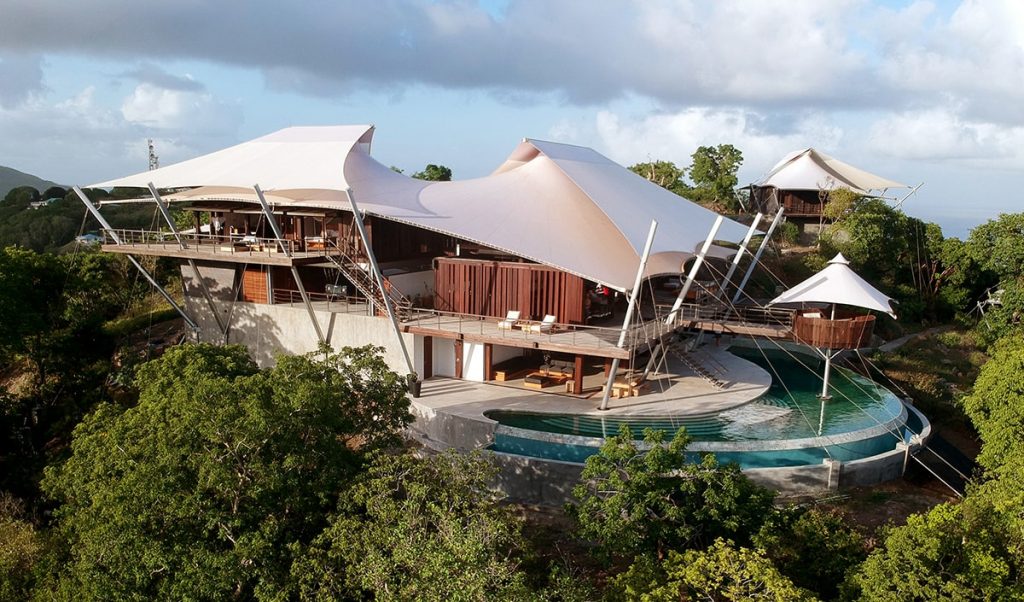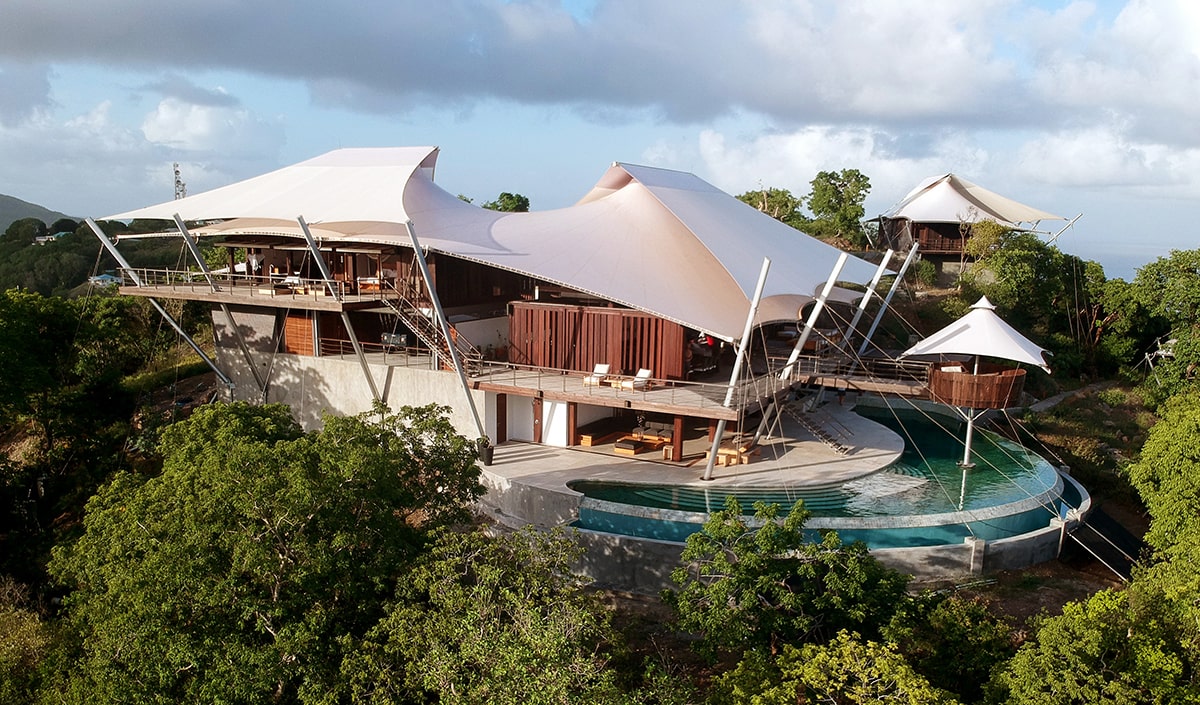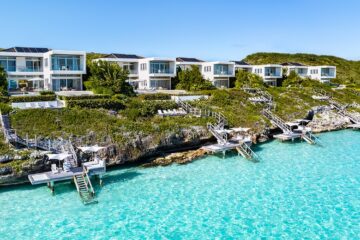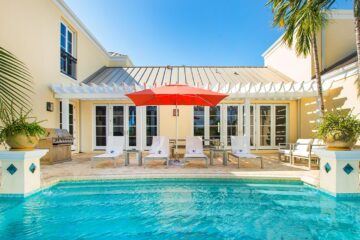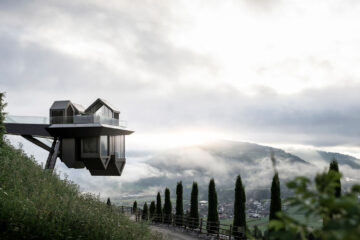A Nautical Gem by Sustainably Focused Architect David Hertz
There is no question that the future well-being of our planet involves the general population, as well as companies throughout all sectors, to commit to sustainability, strategically pushing toward boosting environmental, ethical and social responsibilities.
For David Hertz, architect, founder and president of David Hertz FAIA Architects and Studio of Environmental Architecture (SEA), sustainability and regenerative architecture have been his focus throughout the past 35 years.
Deeply connected to the art of building with responsible stewardship to the Earth, his work reflects the values and ethical standards he holds for himself, as well as his firm. As an early innovator in the development of recycled building materials, his firm, based in Venice Beach, CA, designs and constructs environmentally responsible residential and commercial buildings. For some of Hertz’s green buildings, the unconventional materials used in building them include industrial refrigeration panels and even a decommissioned Boeing 747 airplane.
Naturally, Hertz’s work has gained international recognition, and he is one of the strongest voices within the realm of architecture and its intersection with sustainability. He currently serves on the board of Heal The Bay and is a member of the City of Santa Monica’s Task Force on the Environment.
Hertz has managed to integrate sustainability and ethical responsibility into other projects in his life that are removed from his work as an architect. Together, with his wife Laura, they founded Skysource. Skysource is a company that uses a technology that converts air into fresh drinking water, effectively making it a self-reliant source of water.
Most recently, David Hertz’s Sail House project was the Jury Winner in the Private House (XL>6,000 square feet) category of the prestigious Architizer A+Awards. Focused on promoting and celebrating the most striking and innovative architecture, the Architizer A+Awards, considered the world’s most extensive awards program, selected David Hertz’s Sail House due to its innovative properties and incredibly forward-thinking and sustainable design.
With Hertz’s particular expertise in regenerative design and sustainability, the award’s evaluation of the Sail House, which is based on excellence in form and function, naturally, deservedly received its praise.
Located in Bequia, which is in St. Vincent and the Grenadines, the very nature of the location of the residential project added an extra challenge to execute. In addition to this, due to the Caribbean’s limited resources, Hertz’s method of delivering the main parts of the structure was a logistical feat — consisting of shipping 15 containers of prefabricated and flat-packed material to the island, rather than locally producing it.
Set upon a concrete box that acts as a cistern for water collection and anchors the residence to the ground, the project is named for the nautical-inspired tensile roofs, forms that are a contextual response to the sailing culture of the Grenadines, “The main inspiration for the Sail House was a wooden boat with its masts and sails, the expressed stainless steel rigging and hardware, which is referenced in the home,” says Hertz.
The structures’ sustainable features include storm-water collection, reclaimed wood, passive ventilation and photovoltaic panels. “Sustainability was one of the main goals of the Sail House project. The non-corrosive and termite-resistant aluminum structural system is wrapped in reclaimed ironwood planks recycled from an abandoned pier in Borneo, as are the plank floors, decks and the vertical louvres that control low sun and prevailing breezes,” says Hertz.
In addition to these innovative features, the interior and exterior of the home includes panels made of woven palm, coconut shell fragments and many other natural, highly crafted surfaces created by Javanese and Balinese craftsmen.
The Sail House project is a testament to Hertz’s ingenious way of merging sustainability, design and incorporating the essence of the project’s surrounding environment into a nautical gem, ironically situated on land.
@davidhertz_studioea
@skysourcewater
www.davidhertzfaia.com
www.v2com-newswire.com









































































